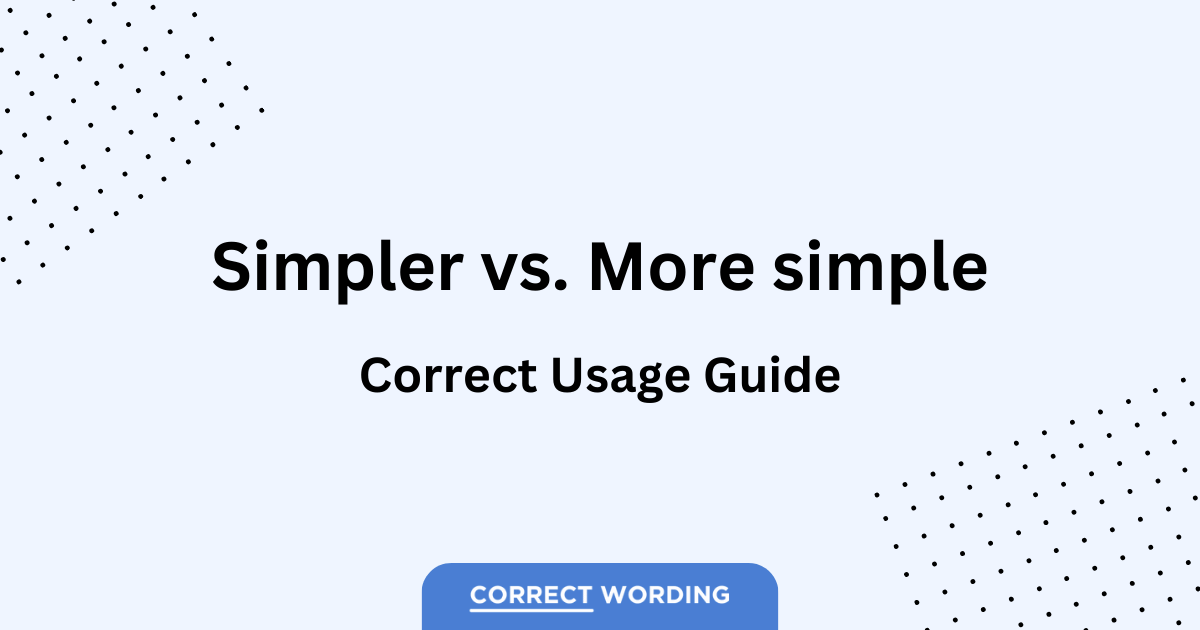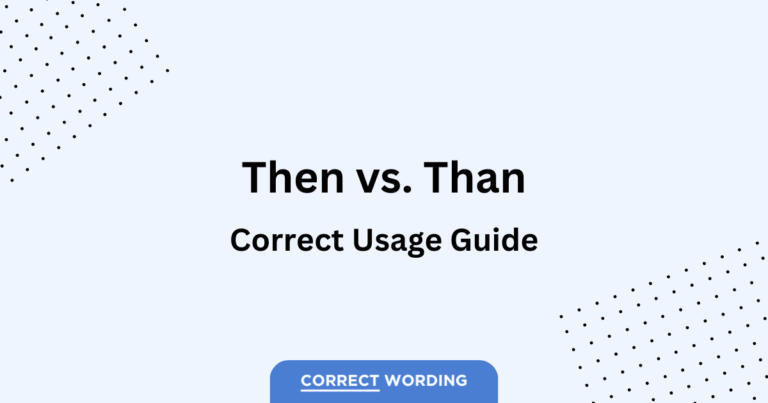Simpler vs. More Simple – How to Correctly Use Each Word
Language is filled with nuances that can sometimes be confusing, especially when dealing with comparative forms.
The words “simpler” and “more simple” are an example of this. Let’s dissect these words to understand their proper usage and clarify the confusion that often surrounds them.
Quick Summary
“Simpler” and “more simple” are both comparative forms of the adjective “simple.” They essentially mean the same thing, but “simpler” is generally preferred in most contexts for conciseness and fluidity.
Simpler vs. More Simple – Which is Correct?
Both “simpler” and “more simple” are grammatically correct. However, “simpler” is more commonly used and is stylistically cleaner.
| Word | When to Use | Example |
|---|---|---|
| Simpler | Comparing simplicity. Preferred in most contexts | This method is simpler than the one we used before. |
| More Simple | Comparing simplicity. Less commonly used | This problem seems more simple than the previous one. |
How to Use Simpler
Use “simpler” as a comparative adjective when you are comparing the simplicity of two things or situations.
- Example: The instructions could be simpler. This sentence means that the instructions could be more straightforward or easier to understand.
How to Use More Simple
“More simple” can also be used as a comparative form, but it is less common and can make the sentence sound clunky.
- Example: The route today seems more simple. This sentence means that the route appears to be easier or less complicated today.
Conclusion
In conclusion, while both “simpler” and “more simple” are correct, using “simpler” is generally preferred for its brevity and fluidity in sentences.
It’s always beneficial to choose words that make sentences clear and easy to understand, and in this case, “simpler” most often fits the bill.
When in doubt, referring to this guide will provide clarity on using “simpler” and “more simple” appropriately.


